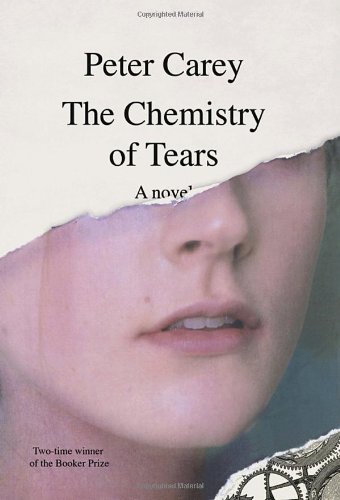Alan Hollinghurst
For E.M. Forster the diary was of spasmodic usefulness, and for long stretches of his long and oddly shaped life might well not be a writer’s diary at all. As he acknowledged, ‘unfortunately I only open this book when my heart aches’; and even then there can be passages as stoically minimal as the diary of A.E. Housman (‘I spoke,’ and ‘Non respondit’ are disproportionately momentous remarks). In all the most intimate matters the entries are mere cryptic memoranda, and on a few occasions happiness writes white: ‘After which Bob and I .’ The type for these provoking blanks may 
Peter Carey is an astonishing capturer of likenesses—not only in the sense of the portrait (the “good likeness”), but of the teeming similitudes with which a sharp eye and a rich memory discern and describe the world. Simile and metaphor, which are at the heart of poetry, are a less certain presence in prose fiction, in some novelists barely deployed at all, but in Dickens, for instance (with whom Carey is repeatedly compared), they are vital and unresting elements of the novelist’s vision.